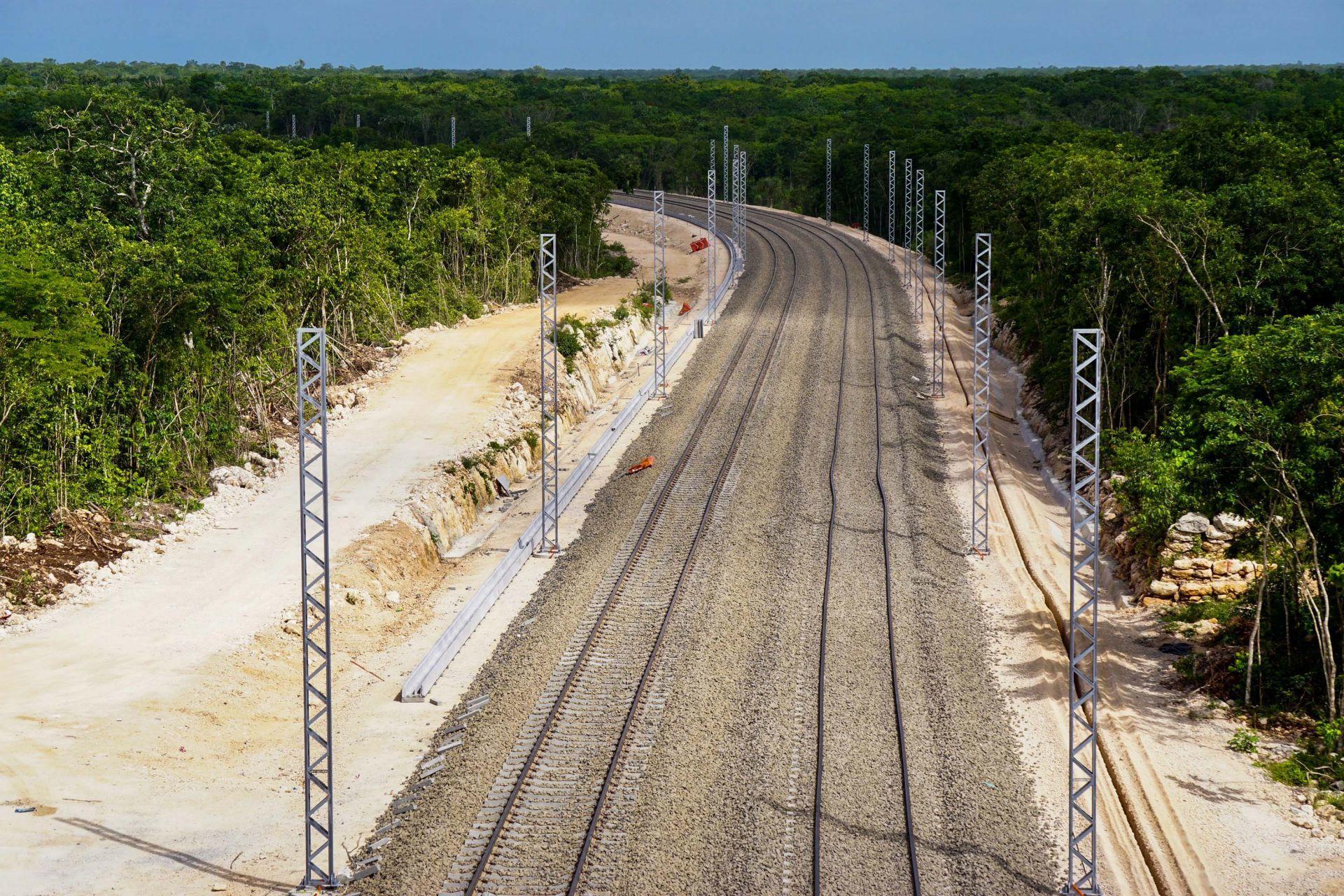The organization CartoCrítica, in alliance with other organizations, was dedicated to researching the environmental impacts of the Maya Train and reported that 6,658 hectares of jungle have been deforested due to its construction, most (87%) without authorization to change the use of forest land, despite the fact that it is information that remains reserved by the State because it is considered national security.
Dolores Rojas, program coordinator at the Heinrich Böll Foundation Mexico, points out that reserving information on projects such as the Maya Train is a contradiction with the Escazú Agreement, an international treaty to which Mexico is a signatory, which states that the State must guarantee the right to information and promote participation in decision-making in environmental matters.
“What does exist are consequences such as not being able to measure impacts, predicting things because you don't have complete information. And that contradicts the Escazú Agreement in terms of what Escazú talks about the right to information, respect for land defenders, participation in decision-making, and so on. Having information is a basic principle for any other of the rights you want to exercise,” he said.
For its part, the Ministry of Environment and Natural Resources (Semarnat) described the information made public about the Mayan Train as inconsistent.
Given this, organizations maintain that the data is based on satellite evidence and insist that environmental information reserved for national security is an obstacle to the timely and comprehensive management of the environment.
Through this experience, the information gaps that the State generates became evident, despite being an obligated subject to report on its actions and justify them in public, Rojas said.
Background of alliances to make environmental information accessible
“All governments reserve information and have their projects agreed that they will carry them out regardless of the cost of blood, sweat and tears,” says Rojas, and that is why it is important for her that society be clear about its long-term goals, “because governments come and go”.
In this way, this alliance of organizations seeks to “provide open/public information that allows whoever has to make them, whether those who live in the territories, communities or authorities, because it is information that also serves authorities of all kinds, from the municipality to the federal authorities,” according to Rojas.
In the past, they have made accessible and systematized information that should be public, for example, the Environmental Impact Manifestations (MIAs) of mining concessions and the map of hydrocarbon pipelines in Mexico.
“It is the right responsibility of citizens to get the best information, to get to know people with experience, specialized people and, above all, who listen to people in the territories where the projects are being carried out to form an informed opinion, an opinion that is not superficial,” he said.
On this occasion, public information and an interactive map were put on the table to generate a debate and for everyone to draw their conclusions about the impacts of the Mayan Train.
However, Rojas regrets that, with the authorities' response, this debate is “immersed in not a discussion, but in a political situation that contaminates any analysis”.
Here you can consult the Analysis of Deforestation and Forest Management up to June 2023.



Comentarios (0)